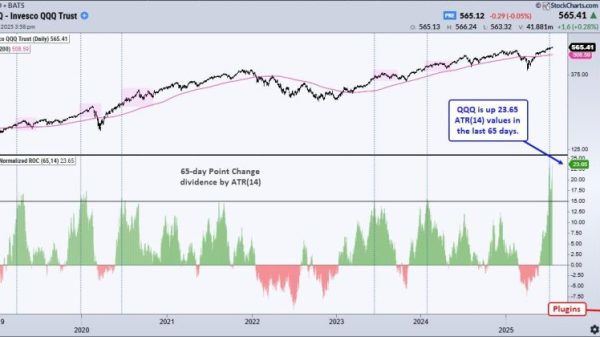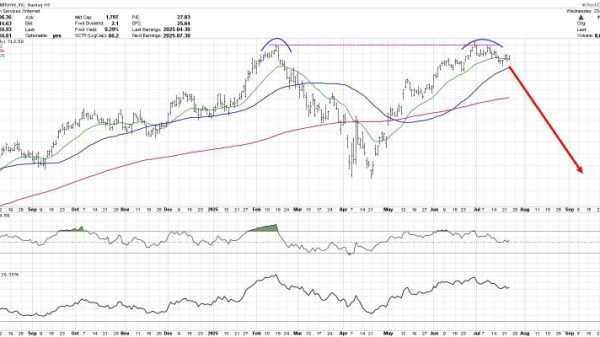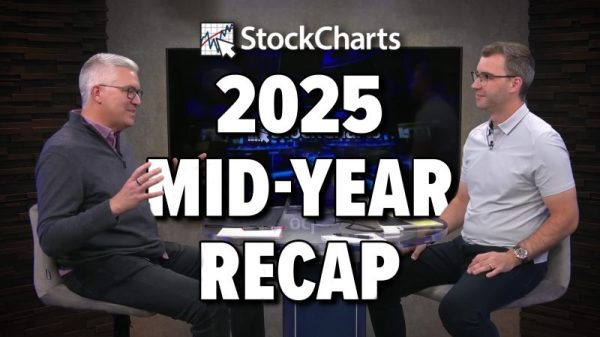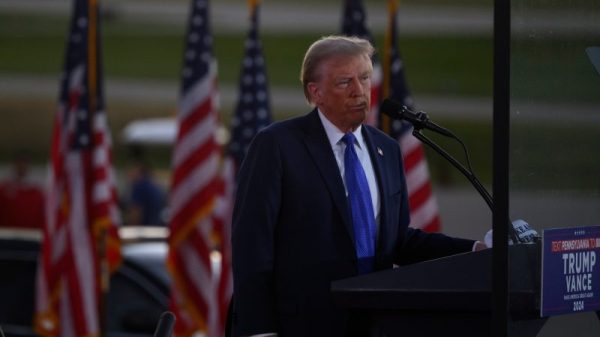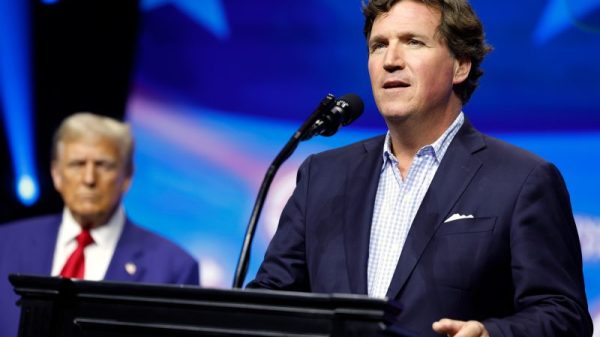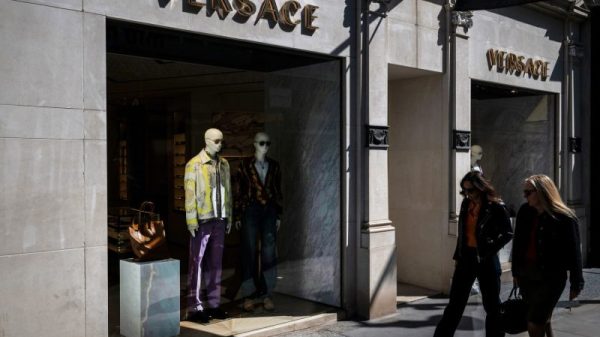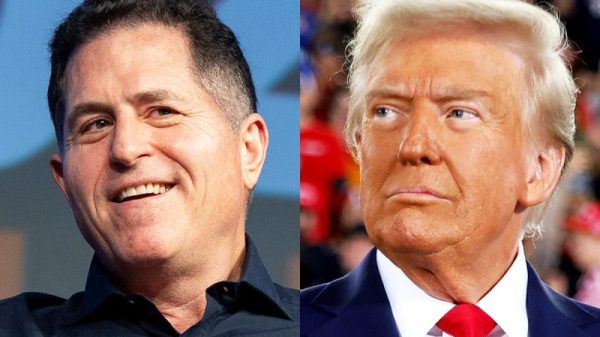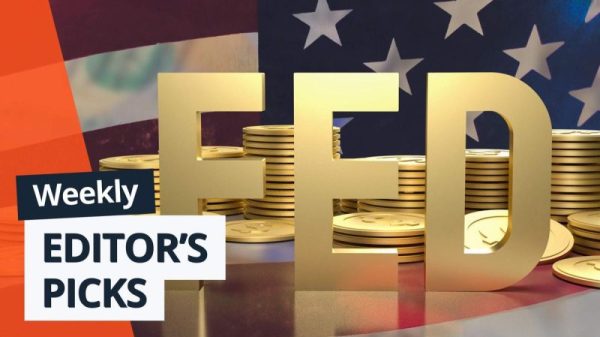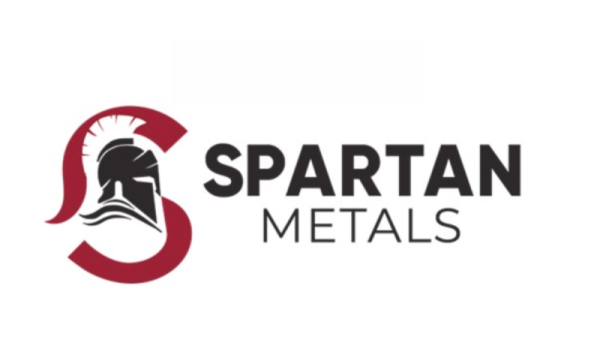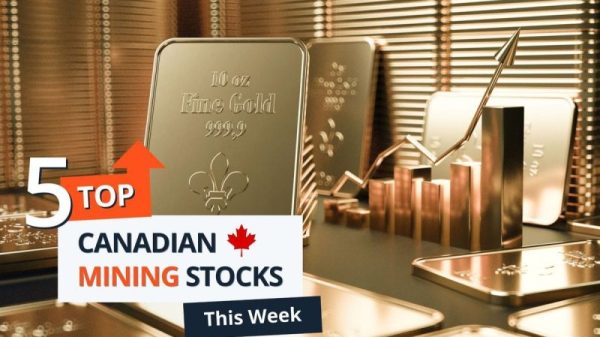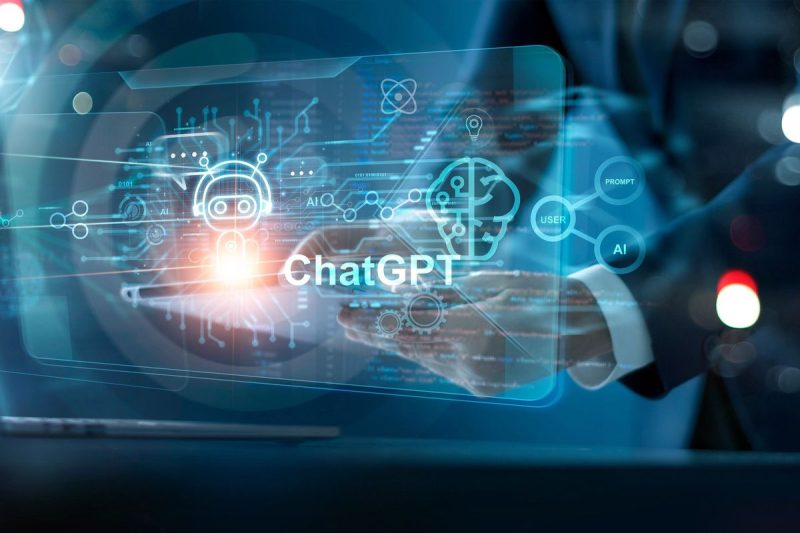OpenAI’s ChatGPT is one of the latest technological breakthroughs in the artificial intelligence (AI) space. But can a technology that has become so controversial be a good investment case?
The global AI market is expected to grow at a compound annual growth rate of 19 percent to reach US$2.57 trillion by 2032 — just how much of an impact OpenAI’s ChatGPT will have on this space is hard to predict.
The emerging technology is representative of a niche subsector in the AI industry known as generative AI — systems that can generate text, images or sounds in response to prompts given by users.
It has also generated a lot of controversy, such as fears over job destruction and targeted disinformation campaigns. OpenAI has become the subject of copyright lawsuits launched by prominent authors as well as The New York Times. The plaintiffs are also seeking damages from the private tech firm’s very public partner Microsoft (NASDAQ:MSFT). And let’s not forget the odd and abrupt, however brief, ousting of OpenAI CEO Sam Altman.
What is OpenAI’s ChatGPT?
Created by San Francisco-based tech lab OpenAI, ChatGPT is a generative AI software application that uses a machine learning technique called reinforcement learning from human feedback (RLHF) to emulate human-written conversations based on a large range of user prompts. This kind of software is better known as an AI chatbot.
ChatGPT learns language by training on texts gleaned from across the internet, including online encyclopedias, books, academic journals, news sites and blogs. Based on this training, the AI chatbot generates text by making predictions about which words (or tokens) can be strung together to produce the most suitable response. However, it was limited to only accessing information up to a certain date.
More than a million people engaged with ChatGPT within the first week of its launch for free public testing on November 30, 2022. Many were in awe of the chatbot’s seemingly natural language capabilities, not only in terms of understanding questions, but also because of its human-like responses. In essence, users felt as if they were having a conversation with a real human being.
Besides being an excellent conversation partner, ChatGPT can write engaging short stories, develop catchy marketing materials, solve complicated math problems and even create code in various programming languages.
Based on this success, OpenAI has created a more powerful version of the ChatGPT system called GPT-4, which was released in March 2023 and is currently only available to paid ChatGPT subscribers and Microsoft Copilot subscribers.
According to AI experts, this latest iteration of ChatGPT can accept visual inputs, is much more precise and can display a higher level of expertise in various subjects. Because of this, GPT-4 can describe images in vivid detail and ace standardized tests. Users can also create narrated videos with ChatGPT’s text-to-video capabilities.
While GPT-4 doesn’t have a time limitation on what information it can access, unlike its predecessor, AI researcher and professor Dr. Oren Etzioni has said that OpenAI’s chatbot is still terrible at discussing the future and generating new ideas. It also hasn’t lost its tendency to deliver incorrect information with too high a degree of confidence.
What is Elon Musk’s relationship to OpenAI?
DIA TV / Shutterstock
OpenAI was founded in 2015 by current CEO Sam Altman, as well as Tesla’s (NASDAQ:TSLA) Elon Musk and other big-name investors, such as venture capitalist Peter Thiel and LinkedIn co-founder Reid Hoffman. Musk left his position on OpenAI’s board of directors in 2018 to focus on Tesla and its pursuit of autonomous vehicle technology.
A few days after ChatGPT became available for public testing, Musk took to Twitter to say, “ChatGPT is scary good. We are not far from dangerously strong AI.” That same day, he announced that Twitter had shut the door on OpenAI’s access to its database so it could no longer use it for RLHF training. His reason: “OpenAI was started as open-source & non-profit. Neither are still true.”
Is ChatGPT revolutionary or hype?
Is ChatGPT a revolutionary technology or just another hyped-up tech fad that will flop, much in the way of Google Glass or the Segway? It may be too early to tell, but as with any new technology, there are plenty of wrinkles to iron out.
One of the most challenging bugs to fix before ChatGPT can be deployed more widely with a high degree of confidence is the chatbot’s propensity to respond with “plausible-sounding but incorrect or nonsensical answers,’ admits OpenAI. Remember, its selection of which words to string together in a response are actually predictions — not as fallible as mere guesses, but still fallible.
Even the latest 4.0 version is “still is not fully reliable (it “hallucinates” facts and makes reasoning errors),” says the company.
From basic math to medical information, ChatGPT doesn’t always provide the right answers — a failing that can have dangerous real-life consequences. The tech could be used to spread misinformation, carry out phishing email scams or write malicious code.
What’s more, the AI-based technology is prone to racial and gender-based biases. Not only has this language learning model contributed to the human-like quality of its responses, but it has also picked up on some of humanity’s shortcomings.
“ChatGPT was trained on the collective writing of humans across the world, past and present. This means that the same biases that exist in the data, can also appear in the model,” explains Garling Wu, staff writer for online technology publication MUO. “In fact, users have shown how ChatGPT can give produce some terrible answers, some, for example, that discriminate against women. But that’s just the tip of the iceberg; it can produce answers that are extremely harmful to a range of minority groups.”
On the flip side, in a recent study by the University of East Anglia has identified a left-wing bias in the latest iteration of ChatGPT. The research shows that the ChatGPT ‘favors Democrats in the U.S., the Labour Party in the U.K., and president Lula da Silva of the Workers’ Party in Brazil,’ reports Forbes.
There’s also the fear among teachers that the technology is leading to an unwelcome rise in academic dishonesty, with students using ChatGPT to write essays or complete their science homework.
“Teachers and school administrators have been scrambling to catch students using the tool to cheat, and they are fretting about the havoc ChatGPT could wreak on their lesson plans,” writes New York Times technology columnist Kevin Roose.
Despite these concerns, we’re likely to see new iterations of ChatGPT — hopefully without the aforementioned bugs — as OpenAI has the backing of tech giant Microsoft (NASDAQ:MSFT).
Why is Microsoft investing in OpenAI?
Ascannio / Shutterstock
Since 2019, Microsoft has invested at least US$3 billion in OpenAI to help the small tech firm create its ultra-powerful AI chatbot, as reported by New York Times technology correspondents Cade Metz and Karen Weise.
Microsoft announced in mid-January 2023 that as part of the third phase of its partnership with OpenAI, it will make ‘a multiyear, multibillion dollar investment.’
Although Microsoft hasn’t disclosed the total amount of its latest spend, reports at the time indicated that US$10 billion is on the table. According to Forbes, OpenAI was recently valued at US$29 billion, meaning Microsoft’s US$10 billion move would be huge. However, as of late 2023 there were rumors that OpenAI has only received a fraction of that purported investment.
How could Microsoft benefit from its investment? It seems the tech giant is hopeful advancements in generative AI may have the potential to increase revenues for its Azure cloud computing business as OpenAI officially licensed its technologies to Microsoft in 2020. Indeed, Pitchbook has described the deal as an “unprecedented milestone” for generative AI technology. However, as of late 2023 there were rumors that OpenAI has only received a fraction of that purported investment.
Yet, the strength of Microsoft’s confidence in OpenAI’s CEO Sam Altman was definitely on display in late November when it quickly moved him to the payroll of tis advanced AI research team after he was fired from OpenAI after the board of its non-profit parent company said it “no longer has confidence in his ability to continue leading OpenAI.”
Barely a week passed before Altman was back at the helm of OpenAI with significant change ups to the board, including Microsoft VP of technology and research partnerships and operations Dee Templeton as a non-voting observer.
What’s the future of OpenAI and ChatGPT?
Currently, the ChatGPT 3.5 platform is free to use, and can be accessed via the web. Those with an iPhone or iPad can also use ChatGPT through an app, and an Android version launched in July 2023. OpenAI also launched a paid subscription ChatGPT Plus for business use in August 2023. ChatGPT Plus gives users access to the newest iteration, GPT-4.
In addition to Microsoft’s use of the ChatGPT technology, other companies are working with OpenAI to incorporate the technology into their platforms, including Canva, Duolingo (NASDAQ:DUOL), Intercom, Salesforce (NYSE:CRM), Scale, Stripe, and Upwork (NASDAQ:UPWK).
Generative AI technology is also replacing humans in the workplace, and will likely continue doing so in a number of fields, from content creation and customer service to transcription and translation services, and even in graphic design and paralegal fields.
However, humans are hitting back, as evidenced by recent lawsuits launched against OpenAI and Microsoft. A growing group of prominent authors are suing the creator of ChatGPT and its financial backer for infringing on their copyrights by using their books without permission to train the language models behind ChatGPT and other AI-based software, reported Reuters.
The New York Times has also taken a stand by taking OpenAI and Microsoft to Manhattan Federal Court. ‘Defendants seek to free-ride on the Times’s massive investment in its journalism by using it to build substitutive products without permission or payment,’ stated the complaint as reported by the CBC. ‘There is nothing ‘transformative’ about using the Times’s content without payment to create products that substitute for the Times and steal audiences away from it.’
What about the long-term goals for OpenAI and ChatGPT? Metz of the New York Times believes the end game is “artificial general intelligence, or A.G.I. — a machine that can do anything the human brain can do.”
In keeping with this end goal, OpenAI made a major move by acquiring an AI creative firm with a deep talent bench, Global Illumination, in mid-August 2023. ‘Global Illumination is a company that has been leveraging AI to build creative tools, infrastructure, and digital experiences,’ states OpenAI on its website. ‘The team previously designed and built products early on at Instagram and Facebook and have also made significant contributions at YouTube, Google, Pixar, Riot Games, and other notable companies.’
In November 2023, OpenAI decided to give customers without coding skills the ability to create customized versions of its chatbot and access to large data sets for training. “OpenAI wants people to start innovating using the chatbots and creating special chatbots,” Hod Lipson, an engineering and data science professor at Columbia University, told CNBC Make It.
Chatbot creators will eventually have the ability to share their custom chatbots through OpenAI’s GPT Store. “They’re really trying to create a marketplace, which will allow companies and people to innovate and play around with this incredible form of AI that they’ve just unleashed,” Lipson added.
What is Google’s Bard AI?
Carl DMaster / Shutterstock
While ChatGPT has been generating major buzz, it’s definitely not the only chatbot out there.
Notably, Alphabet (NASDAQ:GOOGL) subsidiary Google launched its answer to ChatGPT in March 2023. Known as Bard AI, the chatbot is built on Google’s Language Model for Dialogue Applications (or LaMDA). Google CEO Sundar Pichai has described Bard as an “experimental conversational AI service … (that) seeks to combine the breadth of the world’s knowledge with the power, intelligence and creativity of our large language models.”
As with ChatGPT, users can key in a query, request or prompt and Bard will provide a human-like response. One way in which Bard may have a leg up on the original ChatGPT is that the latter uses data up to 2021, while the former can access up-to-date information online, although this is less relevant now that GPT-4 no longer has this limitation.
However, Bard’s ability to access current data hasn’t spared it from ChatGPT’s biggest folly: confidently stating misinformation as fact. The Verge reported that when asked about new discoveries from the James Webb Space Telescope, Google’s Bard “made a factual error in its very first demo.” It didn’t take long for astronomers and science writers to point out the mistake.
But, then again, to err is human. And Google says its committed to helping Bard learn from its mistakes. In fact, early in 2024 Google plans to launch its latest iteration of its Bard Advanced AI chatbot, which will be powered by its Gemini Ultra large language model.
Which stocks will benefit the most from AI chatbot technology?
Other than companies directly tied to generative AI technology, which stocks are likely to get a boost from advances in the sector?
There are several verticals in the tech industry with indirect exposure to AI chatbot technology, such as semiconductors, network equipment providers, cloud providers, central processing unit manufacturers and internet of things.
Some of the publicly traded companies in these verticals include:
FAQs for investing in OpenAI and ChatGPT
When will OpenAI go public?
So, can you invest in OpenAI itself? The company is not currently a publicly traded stock; however, if Microsoft does take a large position in the company, investors will be able to gain indirect exposure to OpenAI by purchasing Microsoft shares.
For those seeking direct exposure, be on the lookout for news of an initial public offering (IPO). As of mid-August 2023, there are no plans for an OpenAI IPO on the horizon.
How is OpenAI funded?
OpenAI raised US$11.3 billion over seven funding rounds from 2016 to April 2023.
The three top investors are technology investment firm Thrive Capital, venture capital firm Andreessen Horowitz and revolutionary technology investment firm Founders Fund.
Reuters reported in December 2023 that OpenAI is in talks to hold a round of funding which could bring it up to a valuation at or above US$100 billion.
What is the market value of ChatGPT/OpenAI?
OpenAI has a market valuation of US$86 billion as of October 2023. The company’s 2023 revenue had reached US$1.3 billion in October 2023, and then grew by another 20 percent to finish the year at US$1.6 billion.
Does ChatGPT use NVIDIA chips?
ChatGPT’s distributed computing infrastructure depends upon powerful servers with multiple graphics processing units (GPUs). High-performance NVIDIA GPU chips are preferred for this application as they also provide excellent Compute Unified Device Architecture support.
Will ChatGPT cause another GPU shortage?
Most likely not. The type of GPUs used for machine learning models like ChatGPT are different from other types of GPUs, including those used to power gaming systems or crypto mining.
Can ChatGPT make stock predictions?
A University of Florida study recently highlighted the potential for advanced language models such as ChatGPT to accurately predict movements in the stock market using sentiment analysis. During the course of the study, ChatGPT outperformed traditional sentiment analysis methods, and the finance professors conducting the research concluded that “incorporating advanced language models into the investment decision-making process can yield more accurate predictions and enhance the performance of quantitative trading strategies.”
When to expect ChatGPT 5?
OpenAI filed a trademark application for ChatGPT 5 in mid-July 2023, which hinted that the next iteration of the generative AI technology is currently under development. There were rumours the company planned to complete training for ChatGPT-5 by the end of 2023, which did not materialize. Its anyone’s guess when we may see its launch, but most likely not in 2024.
Securities Disclosure: I, Melissa Pistilli, hold no direct investment interest in any company mentioned in this article.

